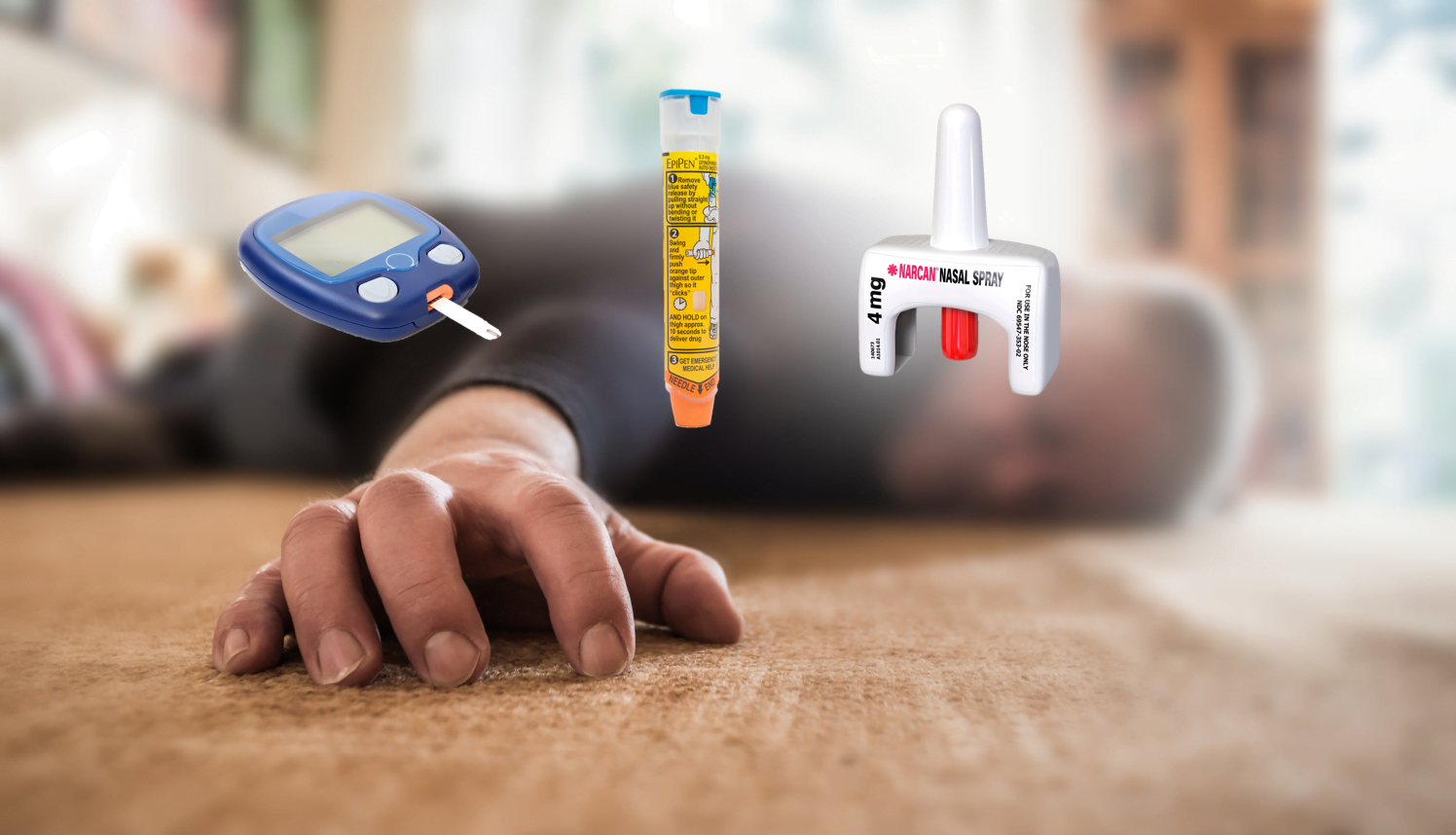Anaphylaxis, diabetic emergencies, and opioid overdoses present potential life-threatening emergencies for patients. When these types of calls come, there is often little time to act. EMS providers, whether ALS or BLS, must be prepared to intervene to save the lives of their patients. In this course, we’ll explore the use of naloxone, epinephrine auto-injectors, and glucometers for BLS providers in EMS.
Course Type: Full-length Course
Course Duration: 60




